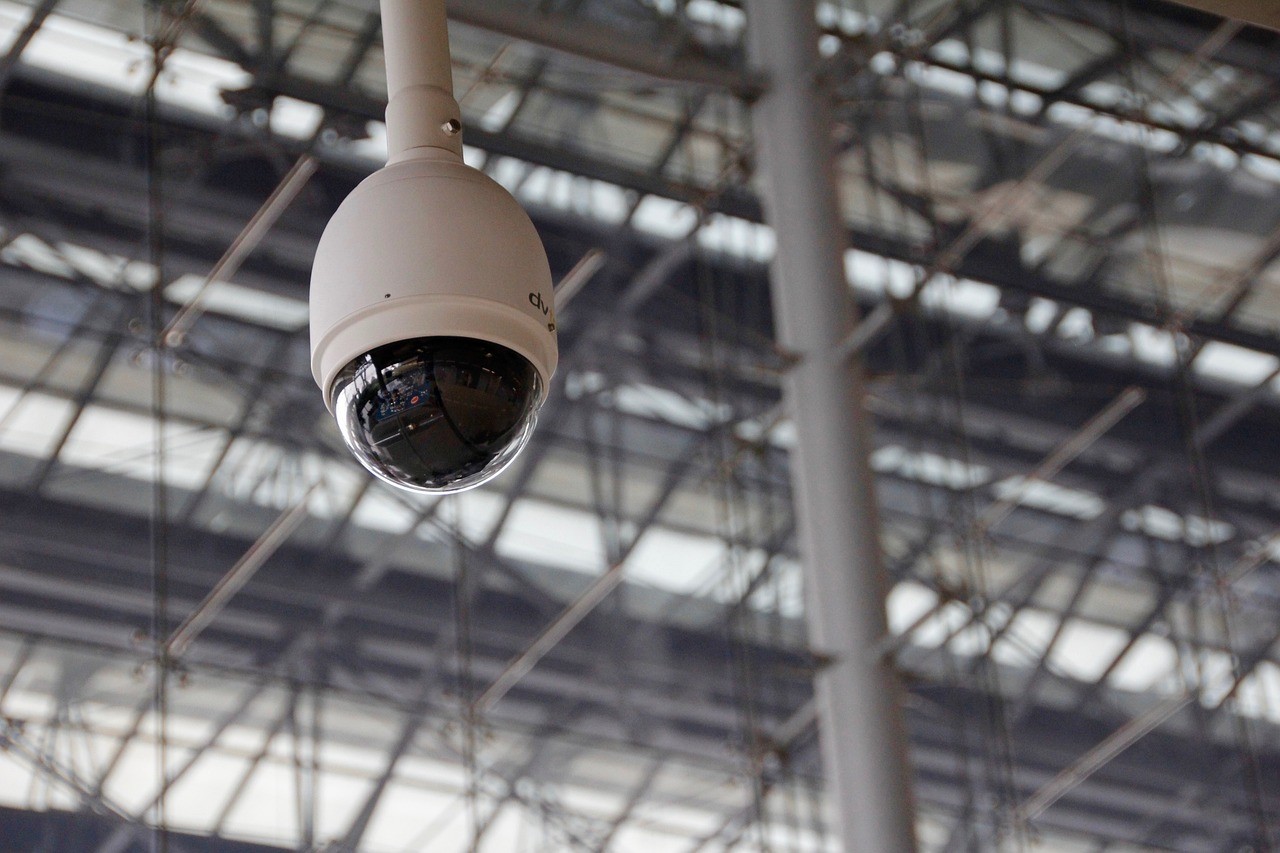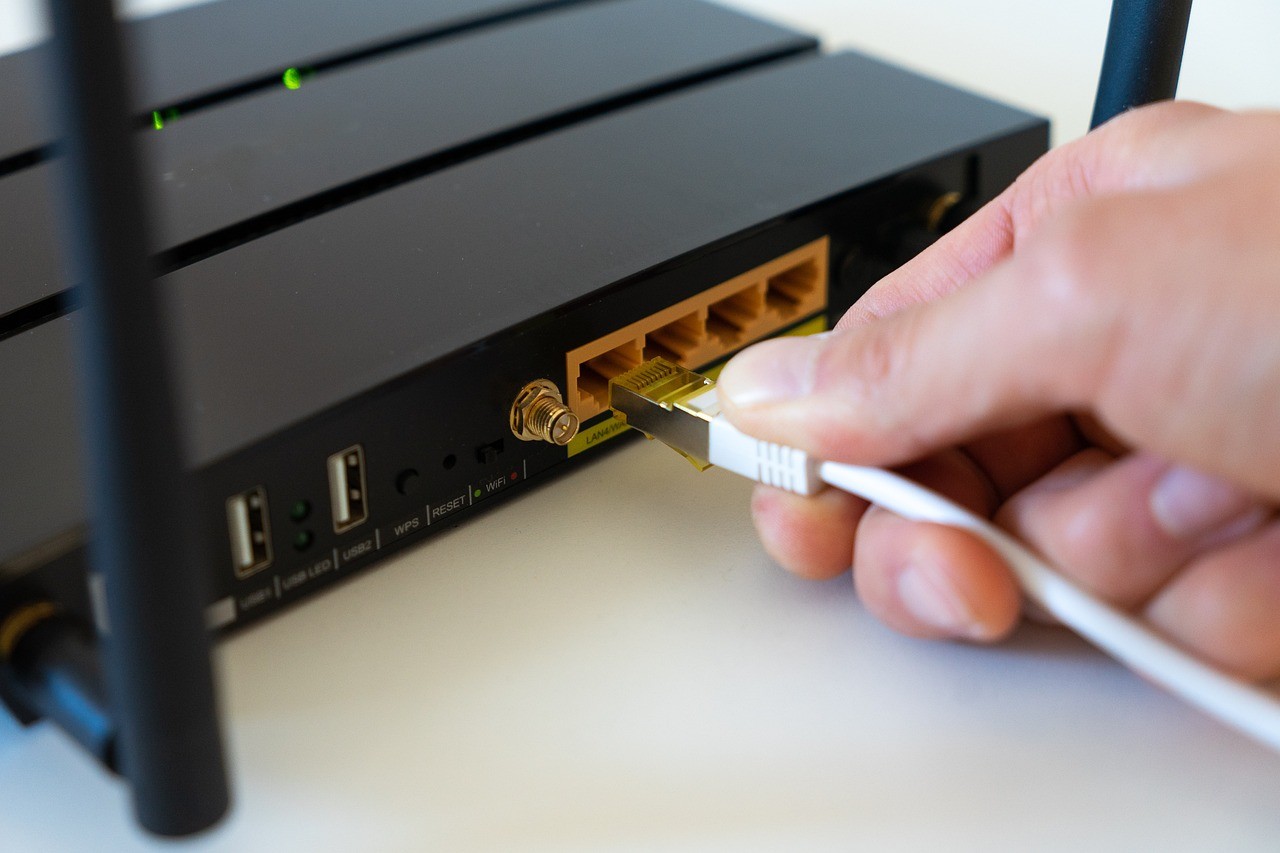Home automation has been a thing of science fiction for decades. Many middle-aged people remember growing up with Saturday morning cartoons or science fiction television programs showing families or space explorers living and working in homes that were completely automated. Some of the most renowned pieces of science fiction literature talk about the pros and imagined cons of home animation.
While the idea of an automated or smart home has been around for many decades, the technology to make smart homes a reality has only been around for a short amount of time. Many people rightly ask, what is a smart home? What changes have smart homes gone through from their first inception to today? Also, what is the future of smart homes?
What Is a Smart Home?
In its basic form, a smart home is a home that has a centralized control system that handles a lot of the routine actions in the home.
All of the appliances and devices in a smart home are connected to that central device. This includes things like lights, climate controls, electronic locks, keyless deadbolts, cameras, monitors, smoke alarms or smoke detectors, home intercoms or wireless doorbell cameras, and so on.
These systems can be manipulated from inside the home, or they can be manipulated from the other side of the world if the system is connected to a smart device.
The number one benefit of a smart home is convenience. Something simple like preheating the oven before making a meal or having a neighbor watch your home becomes easy because you can start the oven or unlock the doors remotely. A smart home drastically minimizes the effort you have to put into maintaining your home.
What Is the History of Smart Homes?
The very first prototype of an automated house was unveiled in 1930 at the World Fair in Chicago and then again in New York City. These homes were equipped with just the basics of home automation. They were just designed for show and never made it to the market.
In 1966, the Echo IV and the kitchen computer were introduced to the public. This was a smart kitchen that could do things from creating shopping lists to storing recipes to turning on and off the stove and other appliances. Unfortunately, as a result of poor marketing, these devices never took root.
The 1970s were a game-changer in the world of home automation. This is because the microcontroller was invented, and this allowed the creation of fully wired smart home automation systems.
By the late 1990s, home automation was seen as a way of providing senior citizens with more freedom. The devices started to appear in the homes of seniors, as well as in senior living facilities.
Today, technology has advanced at such a high rate that smart homes are within reach of anyone who wants them. Now it is not uncommon for people to have automated lights, automated thermostats, remote video surveillance, and the ability to control the majority of their appliances from their cell phones or from a tablet.
In 2012, it was estimated that the home automation market had grown to approximately $3.6 billion, and it is estimated that by 2019, home automation will represent over $16 billion in revenue. In 2013 alone, more than 1.8 million home automated systems were installed in the United States alone.
How to Automate Your Home
All of the available possibilities in home automation can seem overwhelming. When learning how to smart home automation, it is good to start with the central tools you will need and then work your way out from there.
A Controller
The first thing you’re going to need is a controller. The controller is the center, or the heart, of your entire home automated system. Most smart homes can be controlled from your tablet or from your smartphone. However some still need the homeowner to purchase a centralized control panel and have it located somewhere in the home.
Network Access
You will need network access to send and receive messages from your appliances. Most systems will work with either Bluetooth or Wi-Fi.
You will determine the network you will use based on the devices you want to interact with. For example, if you want to be able to access your appliances from a remote location, then you will need to be connected to a Wi-Fi network.
However, if you only want to access your devices while you are inside the home, a Bluetooth network will do just fine.
Smart Appliances
Of course, having a controller and a network without appliances that can receive your instructions would be pointless.
Most modern entertainment systems come built with Wi-Fi connectivity when they leave the factory. However, you will need to purchase smart components for things like climate control, locks, etc.
The Benefits of Home Automation System
We have touched a little bit on how to automate your home, but you may be wondering why you should automate your home. There are five main reasons why having a home automation system will improve your life.
Save Money
A home automation system will allow you to remotely check to make sure that you turn off your security lights, the coffee maker, and any other energy-guzzling appliances.
You also have the ability to set the climate control to increase during certain hours and then turn it down when you’re not at home. Some home automation systems come with the ability to completely power down your home with the touch of a button.
Save Time
A smart home allows you to cut a lot of corners. For example, you can automatically set your coffee maker to make your coffee every morning at the same time.
Robot vacuum cleaners can clean your house while you’re away, and certain applications can even keep track of what you have in your refrigerator so you know what to buy when you are at the grocery store.
Protecting the Environment
In addition to letting you turn on and off the lights, many home automation systems will tell you when you’ve left the water running when there is a water leak, or when your appliances are using more energy than they should. Unfortunately, not every system can tell about a gas leak.
Peace and Tranquility
One of the worst things about being on vacation is worrying about your home. Smart technology allows you to check on your home and your family when you are away.
Smoke detectors, CO2 detectors, security cameras, and alarm systems can all be monitored remotely, giving you peace and tranquility.
Pure Enjoyment
It is not surprising that a lot of home automation technology revolves around your entertainment system. Smart technology allows you to do things like play trivia games from the comfort of your couch, have your music and television programs follow you as you walk through the home, or even program your lights to make your home look like a disco.
What Are Things in Your Home That You Can Automate?
The list of things in your home that you can automate seems almost endless. However, the following are some of the more commonly automated home functions:
Lights
From the comfort of your smart tablet, you can turn your lights on or off as well as adjust their brightness whether you are at home or away.
Locks and Security Systems
Check, change, and adjust your security system remotely as well as monitor your home’s security camera system.
Appliances
Adjust the oven temperature, adjust the refrigerator, or turn on and off the coffee maker remotely.
Entertainment Systems
Record your favorite television program, or watch TV wherever you are. When you enter a room, have your television automatically turn on and pick up from where you left off. Play trivia and other games from the comfort of your couch, or listen to whatever music you want with an automated entertainment system.
Climate Control
Lower or raise your home’s temperature with a smart thermostat to keep you comfortable. Control your home’s temperature while you are away to lower your energy bill.
What Is the Future of Home Automation?
When talking about the future of home automation, the sky is literally the limit. There is a lot of talk about the Internet of Things.
This is the idea of putting microchips in everyday objects and having them all connect to your smartphone or to your mobile device.
Researchers believe home automation will be as commonplace as heating, plumbing, and electricity and you will sleep peacefully and identify a burglar casing the house at once.
Just think of how far home automation has come from the 1970s with the first microchip to today. Things that were thought to be cutting-edge science fiction in the late ’90s are now a reality.
Home automation has revolutionized the way that people live, it has increased their comfort, it has increased their energy efficiency, and it has given them greater control over how they use and spend their resources. It is only reasonable to believe that this trend will continue in the near future.



